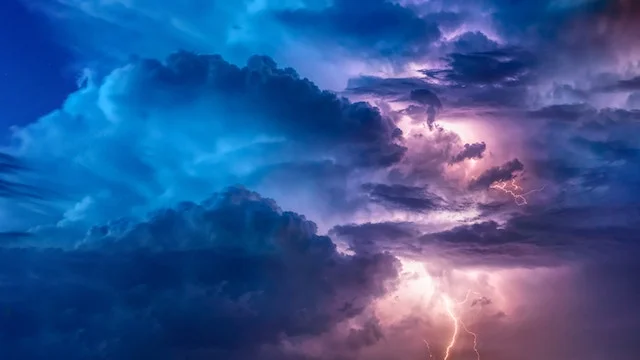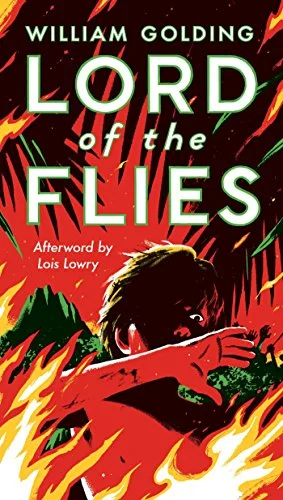Writers of classic literature often use natural phenomena to convey emotion indirectly. Among these, weather stands out as a powerful symbol—rain, snow, wind, and sunshine become narrative tools to deepen atmosphere, mirror characters’ inner states, or foreshadow events. These elements influence mood without overt explanation, letting readers feel the emotional undercurrents of a story.
Rain and emotional turbulence
Rain frequently appears in scenes of conflict, grief, or dramatic change. It functions as a natural extension of sorrow or unrest, offering an external representation of internal pain. When characters are caught in a storm, the chaos outside mirrors the disorder within.
In Charlotte Brontë’s Jane Eyre, rain falls as Jane flees Thornfield Hall, marking her inner turmoil and sense of abandonment. The storm not only sets the tone but reflects the rupture in her emotional world.
Rain is often used to suggest:
- Mourning or loss
- Cleansing or renewal
- A turning point in character development
Although typically associated with melancholy, rain can also suggest transition—a washing away of the old, making space for new clarity or decisions.
Sunlight and emotional resolution
Sunlight frequently symbolizes revelation, peace, or personal breakthrough. Writers place it at the end of conflict, as a subtle visual cue that change has occurred. The emergence of light after darkness signals emotional transformation, often hope or acceptance.
In Leo Tolstoy’s Anna Karenina, moments of sunlight are sparse but powerful. When characters find brief peace or clarity, the brightness is noted, showing a break from psychological intensity.
Sunlight in fiction may imply:
- Clarity of thought or conscience
- Emotional relief after hardship
- Moments of warmth in otherwise cold environments
Its scarcity in tragic novels enhances its symbolic value—light becomes a rare and delicate gift.
Storms and conflict
Storms represent more than sadness—they capture violent emotion. Authors use thunder and lightning to heighten tension, both internal and external. When weather turns violent, it signals moments when characters face dramatic confrontation or undergo irreversible change.
In William Shakespeare’s King Lear, the storm on the heath underscores Lear’s descent into madness. The fury of the natural world matches the intensity of his inner confusion and rage. The audience doesn’t need a monologue to understand his torment; the weather shouts it instead.
Storms can also indicate:
- The breakdown of social or familial order
- The climax of emotional or narrative tension
- Nature responding to injustice or imbalance
By giving the landscape an emotional response, authors externalize forces otherwise invisible.
Fog and uncertainty
Fog typically represents confusion, secrecy, or blurred boundaries between truth and illusion. When a character moves through a foggy setting, it often reflects a lack of clarity in their thinking or circumstances.
In Charles Dickens’ Bleak House, the persistent fog over London echoes the murky legal proceedings of the Chancery Court and the emotional stagnation it causes. It becomes a metaphor for moral ambiguity and bureaucratic inertia.
Fog is symbolically linked to:
- Psychological disorientation
- Moral complexity or concealment
- The struggle to find truth in a chaotic world
The imagery of moving through fog deepens the feeling of tension and delay in resolution.
Snow and emotional stillness
Snow often evokes silence, detachment, or a sense of suspended time. It can isolate characters physically while also representing emotional distance. In some stories, it suggests purity or blankness—a space where nothing has yet been written or resolved.
In James Joyce’s The Dead, snow blankets the country, merging physical coldness with the spiritual stillness that settles over the protagonist. It becomes a unifying element that reflects both the death of the past and a haunting calmness.
Snow can also imply:
- Suppressed emotion
- The weight of memory or reflection
- A finality that precedes transformation or acceptance
Writers often end scenes or chapters with snowfall to slow the pace and invite introspection.
Heat and emotional tension
Heat symbolizes intensity—whether passion, anger, or anxiety. When characters move through oppressive temperatures, it reflects growing inner discomfort or pressure. The physical unease becomes a stand-in for psychological strain.
In Tennessee Williams’ A Streetcar Named Desire, although not a novel, the sultry New Orleans heat forms an unrelenting backdrop to escalating personal conflict. It makes tempers flare, judgment falter, and tempers snap.
Heat is frequently used to suggest:
- Sexual tension
- Boiling frustration
- A buildup toward emotional eruption
The presence of heat intensifies the sensory atmosphere, alerting readers to characters’ rising emotions.
Wind as unpredictability
Wind serves as a metaphor for change or instability. Its unseen presence disrupts calm and signals movement—both physical and emotional. When used in literature, it often accompanies scenes of departure or transformation.
In Thomas Hardy’s The Mayor of Casterbridge, sudden gusts and windswept fields often coincide with the character’s fluctuating fortunes. Nature refuses to stand still, just like the social and emotional circumstances in the story.
Wind can represent:
- Emotional restlessness
- Upcoming or ongoing transition
- Disruption of status quo
Writers rarely rely on wind alone, but when combined with other elements, it enhances the sense of unpredictability and emotional imbalance.
Symbolic weather pairings in literature
Writers often combine multiple weather elements to layer meaning. The interaction between weather and emotion intensifies when more than one symbol is used in tandem.
| Weather Pairing | Emotional Symbolism |
|---|---|
| Rain + Fog | Sadness mixed with uncertainty or fear |
| Sunlight + Wind | Hope accompanied by change |
| Snow + Silence | Emotional stasis or unresolved grief |
| Storm + Heat | Explosive emotions on the verge of confrontation |
These combinations build complexity, allowing readers to sense that emotions are layered rather than singular.
Why weather remains a reliable emotional metaphor
Unlike dialogue, weather functions in the background. Its meaning is felt before it’s analyzed, offering a sensory gateway into the emotional world of the text. Readers intuitively understand that darkness suggests gloom, that thunder implies tension, and that sunbreaks promise a shift.
Authors rely on these associations because they are universally recognized. Emotional states are not always easily expressed through words alone. Weather gives literature a visual and tactile dimension that transcends language, guiding readers toward deeper understanding without the need for explicit statements.


